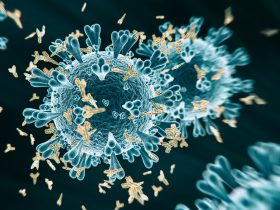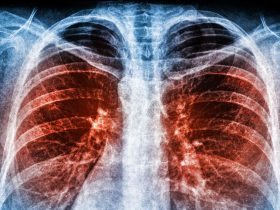RIV4 and cell-culture-based inactivated influenza vaccine ccIIV4 have not been compared to egg-based IIV4 in healthcare personnel, a population with frequent influenza vaccines that may blunt vaccine immune responses over time. A randomized trial among healthcare personnel HCP was conducted for people aged 18 to 64 to compare humoral immune responses to ccIIV4 and RIV4 to IIV4. During the 2018 to 2019 season, participants were randomized with ccIIV4, RIV4, or IIV4, and got serum samples were collected pre-vaccination, 1 and 6 months post-vaccination. Serum samples were examined for hemagglutination inhibition hi for influenza 8/ H1N1 call mom B/ Yamagata, and B/ Victoria and microneutralization (MN) for A/ H3N3 against cell-grown vaccine reference viruses. Primary outcomes after one month came out to be seroconversion rate (SCR), geometric mean titers (GMT), GMT ratio, and mean fold rise (MFR) in the intention to treat the population.
Seven-hundred-twenty-seven participants were there in total (283 ccIIV4, 202 RIV4, 242 IIV4). At 1 month, responses to ccIIV4 came out to be similar to IIV4 by SCR, GMT, GMT ratio, and MFR. RIV4 triggered higher SCR’s, GMT’s, and MFR’s than IIV4 against A/H1N1, A/H3N2, and B/Yamagata. The GMT ratio of RIV to egg -based vaccines was 1.5(95% CI: 9-1.4) for B/Yamagata, and 1.1 (95% CI: 9-1.3) for B/Victoria. At 6 months, ccIIV4 recipients had similar GMT’s to IIV4, whereas RIV4 recipients were seen to have higher GMT’s against A/H3N2 and B/Yamagata. RIV4 Resulted out in improved antibody responses by HI and MN compared to egg-based vaccines against 3-4 cell grown vaccine strains one month post-vaccination and hence presented a possible additional benefit from RIV4.








Leave a Reply